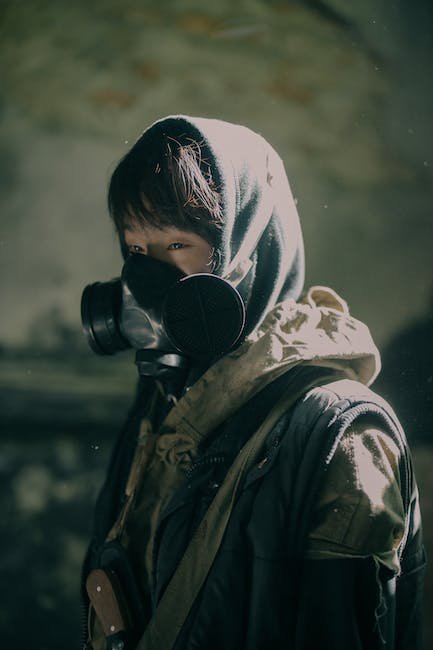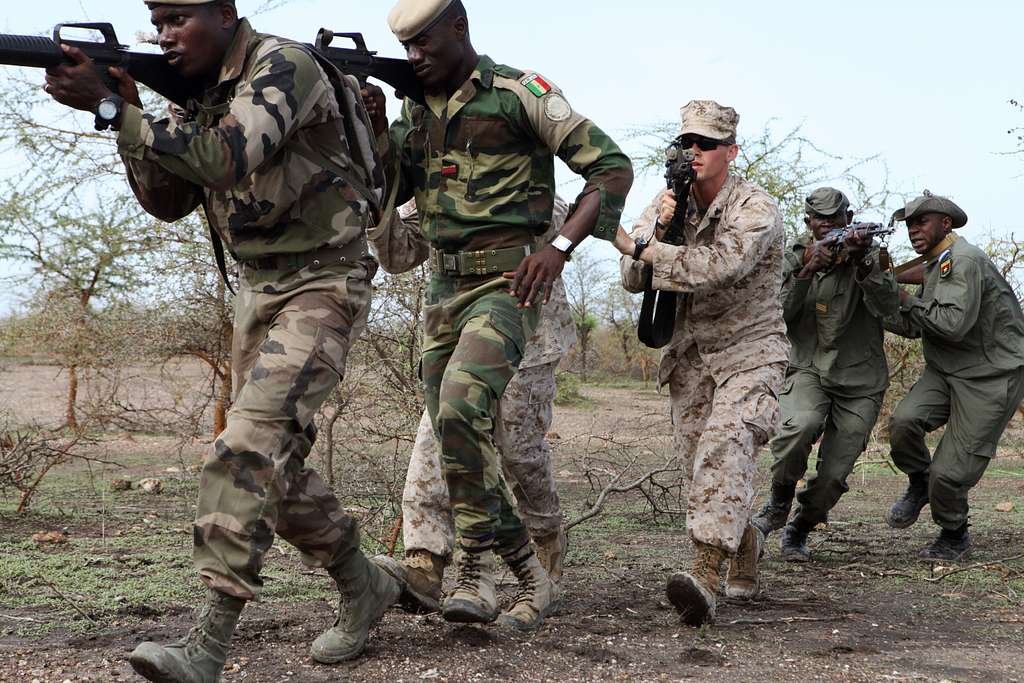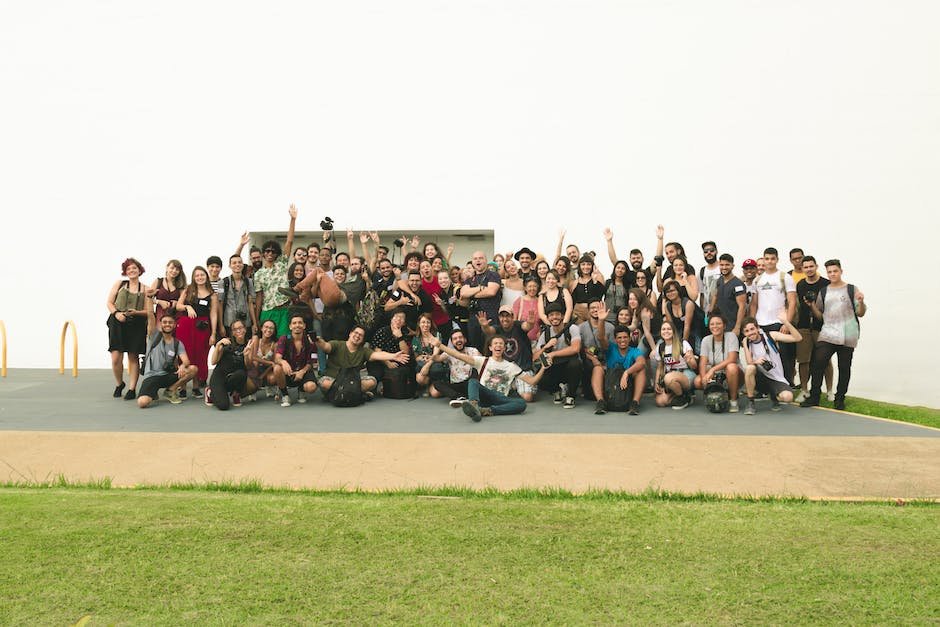Now Reading: The Importance of Communication in Urban Survival
-
01
The Importance of Communication in Urban Survival

The Importance of Communication in Urban Survival
Imagine a bustling metropolis, where concrete jungles stretch as far as the eye can see, and the symphony of honking cars and hurried footsteps fills the air. In this urban wilderness, where skyscrapers touch the heavens and anonymity becomes the norm, one crucial element holds the key to survival: communication. Far from being a mere convenience or a means to exchange pleasantries, effective communication is the lifeline that weaves through the fabric of urban living, connecting individuals, communities, and entire societies. In the ever-evolving landscape of concrete and steel, understanding the paramount importance of communication is not just a matter of convenience; it is a skill vital for navigating the complex twists and turns of an urban survival journey. From diverting disasters to building resilient networks, communication is the unspoken superpower that empowers us all in the face of the unpredictable challenges lurking within towering cityscapes. So, let us delve into the world of urban survival and explore the myriad ways in which communication shapes our ability to thrive, adapt, and ultimately, conquer the constantly changing landscape of urban living.
Table of Contents
- The Power of Effective Communication in Urban Survival
- Mastering Verbal Skills: Navigating Crisis Situations
- Non-Verbal Communication: The Unspoken Language of Survival
- Building Trust Through Active Listening and Empathy
- Strategies for Clear Communication in High-Stress Environments
- Q&A
- In Summary

The Power of Effective Communication in Urban Survival
When it comes to surviving in an urban environment, one cannot underestimate the significance of effective communication. In the midst of chaos and uncertainty, being able to convey your needs, share information, and coordinate with others can make all the difference.
Benefits of effective communication in urban survival:
- Swift Reactions: By establishing clear lines of communication, individuals can react quickly to potential threats or emergencies. A well-coordinated response can save lives and minimize the impact of adverse situations.
- Sharing Resources: Effective communication allows for the sharing of crucial resources. Whether it’s food, water, medical supplies, or even information about safe havens, being able to reach out and receive assistance can greatly improve one’s chances of survival.
- Building a Support Network: In times of urban survival, a strong support network is invaluable. Effective communication enables individuals to form alliances, share knowledge, and collaborate on strategies for overcoming challenges.
Mastering the art of effective communication is not just about speaking clearly and listening actively; it also involves understanding non-verbal cues, utilizing technology wisely, and adapting to different communication styles. In the urban jungle, where chaos reigns, the power of effective communication can be the lifeline that keeps you and others safe.

Mastering Verbal Skills: Navigating Crisis Situations
When facing crisis situations, effective verbal skills can make all the difference. Mastering the art of communication during times of crisis requires the ability to think quickly, remain calm, and convey information concisely. Here are some essential tips to help you navigate crisis situations with confidence:
- Stay composed: In high-stress situations, maintaining a calm demeanor is crucial. Take a deep breath and remember to control your emotions. This will help you think clearly and respond appropriately to the crisis at hand.
- Choose your words wisely: Crisis situations often require quick decision-making and effective problem-solving. Make sure your words are concise, direct, and relevant to the situation. Using simple and straightforward language will help ensure that your message is understood clearly by all parties involved.
- Listen actively: Communication is a two-way street, especially in crisis situations. Take the time to actively listen to others, showing empathy and understanding. This will not only help you gather important information but also foster trust and cooperation among those involved.
- Show empathy: Crisis situations can be emotionally charged, and it’s essential to acknowledge the feelings and concerns of others. Empathy can go a long way in de-escalating tensions and creating an environment where solutions can be identified.
- Be adaptable: Circumstances in crisis situations are often fluid, requiring the ability to adapt quickly. Stay flexible in your approach and be open to new ideas and suggestions. Adapting your communication style to suit the needs of the situation can help facilitate effective problem-solving.
Mastering verbal skills in crisis situations is an ongoing process that requires practice and experience. By staying composed, choosing your words wisely, listening actively, showing empathy, and being adaptable, you’ll be better equipped to navigate even the most challenging crises.

Non-Verbal Communication: The Unspoken Language of Survival
Non-verbal communication is a fascinating aspect of human interaction that often goes unnoticed. It is the subtle language of gestures, expressions, and body movements that convey more than words ever can. In fact, studies have shown that non-verbal communication makes up a significant portion of our daily communication, sometimes even more than what we say out loud.
One of the most powerful forms of non-verbal communication is body language. Our posture, facial expressions, and gestures can reveal a lot about our emotions and intentions. For example, crossing our arms can indicate defensiveness or disagreement, while maintaining eye contact demonstrates confidence and attentiveness.
Another important element of non-verbal communication is touch. The way we touch others or allow them to touch us conveys varying degrees of comfort, trust, and affection. A pat on the back can show encouragement, while a firm handshake can establish a sense of authority.
In addition to body language and touch, other non-verbal cues such as tone of voice, intonation, and even the space we occupy can all contribute to the unspoken language of survival. Being aware of these non-verbal cues is crucial in understanding others and forming meaningful connections. So, next time you engage in a conversation, remember to pay attention not just to the words being spoken, but also to the unspoken messages that are being communicated through non-verbal means.

Building Trust Through Active Listening and Empathy
When it comes to building trust in any relationship, be it personal or professional, active listening and empathy play a crucial role. Active listening means not just hearing the words someone is saying, but truly understanding and absorbing their message. It involves giving our undivided attention, maintaining eye contact, and being fully present in the moment. By actively listening, we show others that we value their thoughts and opinions, which in turn helps to create a deeper sense of trust.
Empathy is the ability to understand and share the feelings of another person. It means putting ourselves in their shoes and seeing the world from their perspective. When we show empathy, we demonstrate that we care about the other person’s emotions and experiences. It allows us to connect on a deeper level and build trust by showing understanding and compassion.
Both active listening and empathy are skills that can be learned and developed over time. Here are some strategies to help improve these skills:
- Give your full attention to the speaker and resist the urge to interrupt or multitask.
- Paraphrase and summarize what the speaker is saying to ensure understanding.
- Show empathy by validating the speaker’s emotions and experiences.
By incorporating active listening and empathy into our everyday interactions, we can foster trust and strengthen our relationships, leading to more open and effective communication.
Strategies for Clear Communication in High-Stress Environments
In demanding and high-pressure situations, effective communication can make all the difference. Amidst the chaos and intensity, it is crucial to ensure that messages are understood clearly and efficiently. Here are a few strategies to enhance communication effectiveness in high-stress environments:
- Be concise: When tension runs high, brevity becomes essential. Clearly convey your message by keeping it short and to the point. Eliminate unnecessary jargon and focus on the key information that needs to be communicated.
- Active listening: In stressful situations, it’s easy to let distractions hinder effective listening. Take the time to truly hear what others are saying without interrupting. Practice empathy and show understanding to foster an atmosphere of open communication.
- Visual aids: Sometimes, words alone may not suffice. Utilize visual aids such as charts, diagrams, or presentations to enhance clarity and comprehension. These visual tools can help convey complex information in a simplified manner.
- Use nonverbal cues: Body language can play a significant role in communication, particularly in high-stress environments where verbal communication might be challenging. Pay attention to nonverbal cues like facial expressions, gestures, and posture to gauge understanding and convey messages effectively.
By implementing these strategies, individuals can improve their communication skills in the most demanding situations. Clear and effective communication is an invaluable asset in high-stress environments, leading to better outcomes and reduced misunderstandings. Remember, in times of pressure, it’s essential to communicate with precision and intention.
Q&A
1. What is urban survival and why is communication important in this context?
Urban survival refers to the ability to navigate and thrive in an urban environment during times of crisis or disaster. Communication is crucial because it enables coordination, cooperation, and exchange of information among individuals, communities, and emergency responders, ultimately ensuring a higher chance of survival.
2. How does effective communication contribute to urban survival?
Effective communication plays a vital role in urban survival as it helps disseminate critical information, coordinate rescue efforts, and maintain a sense of community. It allows residents to share resources, warn of dangers, and organize actions, increasing their resilience and ability to adapt during challenging times.
3. What challenges may arise regarding communication during urban survival situations?
Challenges to communication during urban survival situations include power outages, infrastructure damage, overwhelmed networks, and language barriers. These hurdles can impede timely and efficient information flow, necessitating alternative communication methods like two-way radios, community networks, or even hand signals.
4. How can having a strong communication network benefit urban survival?
A strong communication network fosters resilience by allowing residents to stay informed, offer assistance, and request help. Establishing neighborhood watch groups, developing emergency communication plans, and utilizing social media platforms can help create a robust network that plays a critical role in urban survival.
5. How can individuals improve their communication skills in preparation for urban survival scenarios?
Individuals can enhance their communication skills by practicing active listening, improving their non-verbal communication, and familiarizing themselves with various communication tools such as walkie-talkies or short-range radios. Additionally, participating in community drills and emergency preparedness trainings can help individuals develop effective communication strategies they may need in urban survival situations.
In Summary
In a world where concrete walls stretch as far as the eye can see, where bustling cities swallow silence whole, communication becomes the guardian of urban survival. As the blazing sun casts shadows upon towering skyscrapers, it is within the humble exchange of words that the pulse of these metropolitan landscapes truly thrives. From the corner store to the crowded subway, from the park bench to the bustling café, communication whispers secrets of connection, strength, and survival.
Consider the bustling streets of this urban tapestry, where harmonious collaboration dances gracefully with the symphony of sirens and honking horns. In a city teeming with diverse cultures, languages, and mindsets, communication weaves its intricate web, transcending barriers and igniting possibility. The importance of this bridge, connecting individuals from all walks of life, cannot be overstated.
Within the depths of towering skyscrapers, communication becomes the backbone that braces us against the trials of metropolitan life. Like veins coursing through the city’s concrete heart, it pumps life into every interaction, whether it be negotiations in secluded boardrooms or the friendly banter among strangers waiting for the next train. It is the essence that breathes life into the daily grind, transforming the mundane into meaningful connections that pave the way forward.
Furthermore, communication becomes the key that unlocks salvation in times of crisis when the urban landscape cowers beneath the weight of unforeseen disasters. When catastrophe strikes and chaos reigns, it is the messages carried on voices of hope, the pleas for help uttered through trembling lips, that bring communities together in a symphony of resilience. Amidst the chaos and confusion, communication lights a beacon, drawing lost souls back to the path of resilience and survival.
So, whether it is the bond forged with a kind stranger offering directions, the rapid-fire exchange of information during emergencies, or the shared laughter among friends that strengthens ties amidst the urban labyrinth, communication is the silent hero navigating the ebb and flow of city life. Its importance lies not only in the words spoken but in the connections forged, the empathy awakened, and the resilience nurtured.
For in the survival of the urban jungle, where towering buildings may overshadow the stars, it is communication that remains the eternal constellation guiding our way. With each word shared, each thought expressed, we embrace the power of unity, adaptability, and understanding. Let us continue to cherish this vital gift, nurturing it in every street corner, subway station, and café table. For in the tapestry of urban survival, communication weaves our fate, giving voice to the collective journey that illuminates the path ahead.
As an affiliate, my content may feature links to products I personally use and recommend. By taking action, like subscribing or making a purchase, you’ll be supporting my work and fueling my taco cravings at the same time. Win-win, right?
Want to read more? Check out our Affiliate Disclosure page.





